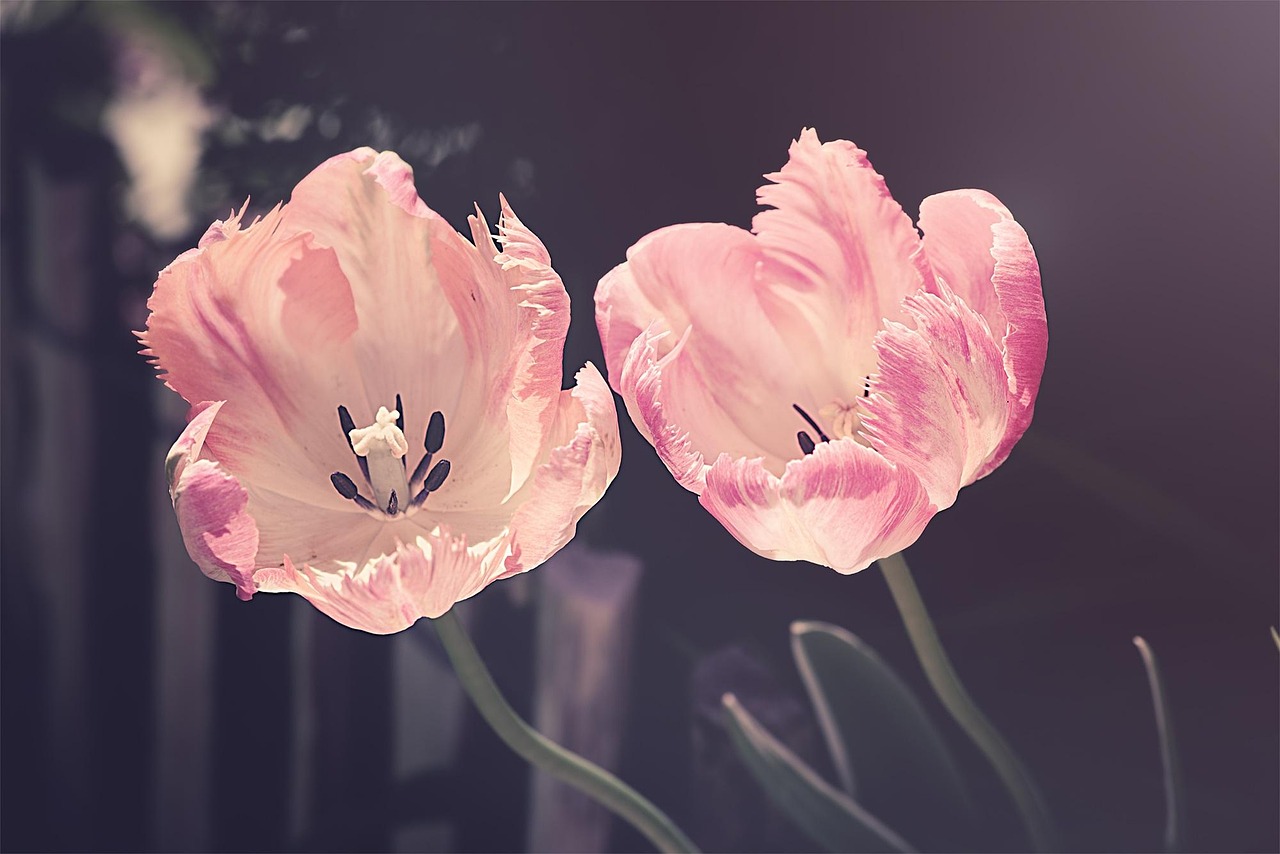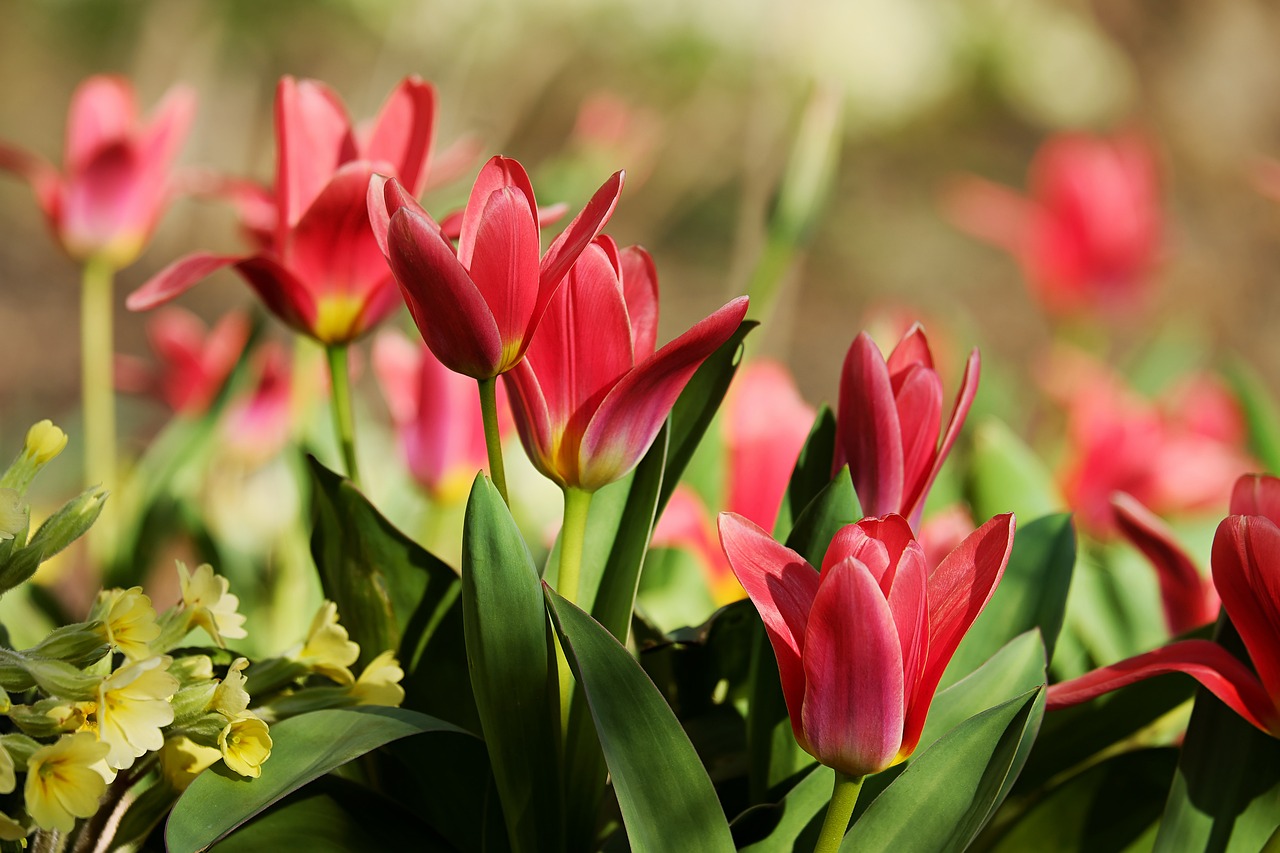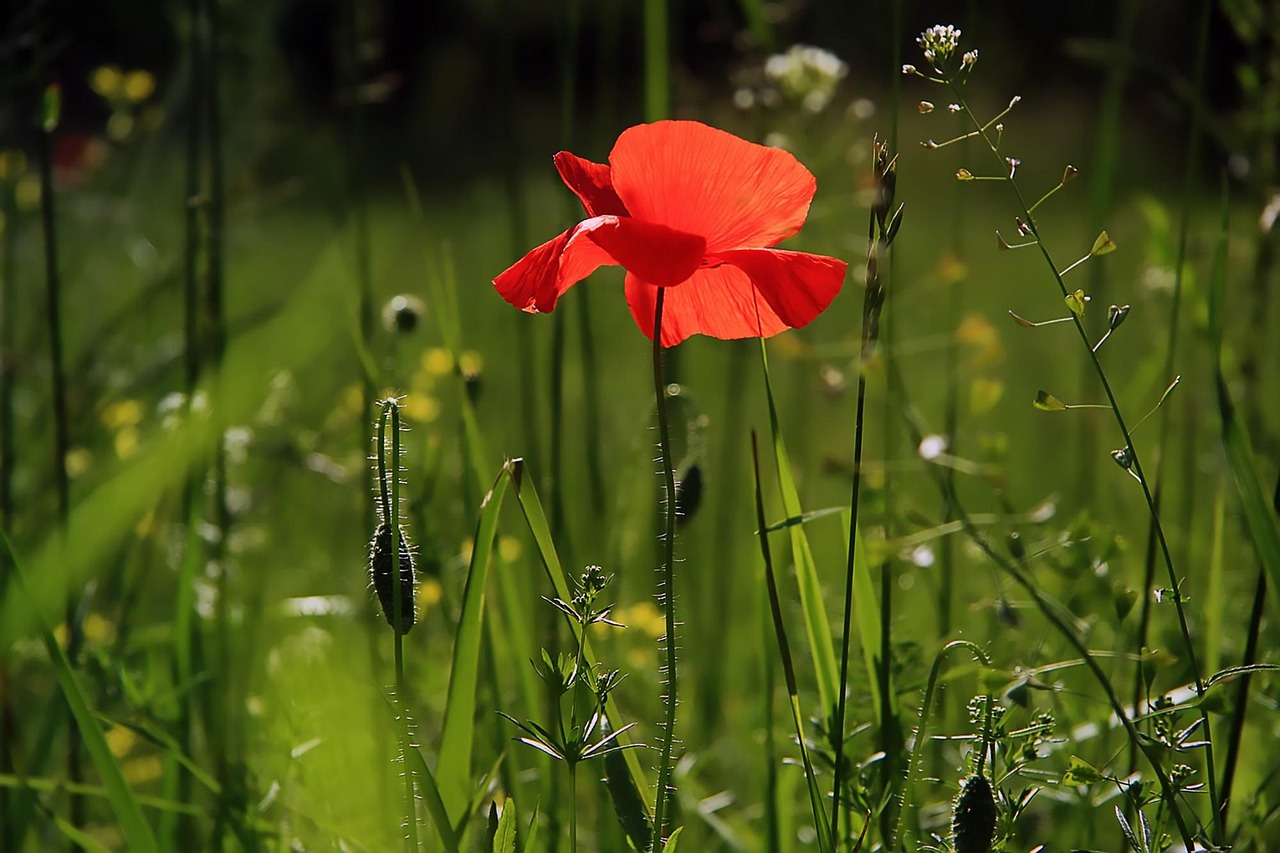To create beautiful blooms in cut flower gardening, choose a variety of flowers suited for cutting, plant them in well-drained soil, and ensure they receive adequate sunlight and water. Regularly harvest flowers to encourage more growth and prevent overcrowding.
Understanding Cut Flower Gardening

Cut flower gardening is an enjoyable and rewarding endeavor for both novice and experienced gardeners. It allows you to cultivate a stunning array of flowers, which can be used to brighten up your home or shared with friends and family. With the right techniques and knowledge, anyone can create a vibrant garden filled with beautiful blooms throughout the growing season.
One of the key aspects of successful cut flower gardening is selecting the right types of flowers. Certain flowers are not only visually appealing but also have longer vase lives. Additionally, understanding the growing conditions each type of flower requires will help ensure a bountiful harvest.
Essential Factors for Successful Cut Flower Gardening
When starting a cut flower garden, there are several essential factors to consider:
- Location: Choose a spot that receives at least six hours of sunlight daily.
- Soil Quality: Ensure good drainage and nutrient-rich soil. Amending your soil with compost can enhance its quality.
- Watering: Regular watering is crucial, especially during dry spells. Aim for consistent moisture without overwatering.
- Flower Types: Select a mix of annuals and perennials to enjoy blooms throughout different seasons.
Choosing the Right Flowers
Choosing the right flowers is vital in cut flower gardening. Some popular choices include:
| Flower Type | Bloom Time | Vase Life |
|---|---|---|
| Sunflowers | Summer to Fall | 5-14 days |
| Zinnias | Summer | 7-12 days |
| Peonies | Late Spring to Early Summer | 5-10 days |
| Roses | Spring to Fall | 7-14 days |
This table lists some popular cut flowers along with their bloom times and average vase lives. By selecting flowers that suit your climate and preferences, you can ensure a steady supply of gorgeous blooms for your arrangements.
Planting and Care Techniques
Proper planting and care techniques play a significant role in the success of your cut flower garden. Here are some tips to follow:
- Spacing: Give each plant enough space to grow and thrive. Overcrowding can lead to poor air circulation and increased disease risk.
- Deadheading: Regularly remove spent blooms to encourage new growth and prolong the flowering period.
- Pest Management: Monitor your plants for pests and diseases. Use organic methods whenever possible to protect beneficial insects.
- Fertilization: Feed your flowers with a balanced fertilizer during the growing season to promote healthy growth.
By following these guidelines, you can create a thriving cut flower garden that yields beautiful blooms throughout the season, enhancing your home and providing joy through floral arrangements.
Harvesting Cut Flowers
Harvesting is a crucial step in cut flower gardening. The timing and technique you use can significantly impact the quality and longevity of your blooms. Knowing when and how to cut your flowers allows you to enjoy them at their best.
When to Harvest
The best time to harvest flowers is early in the morning or late in the afternoon when temperatures are cooler. During these times, the flowers are more hydrated and less stressed. Here are some guidelines on when to cut specific types of flowers:
- Roses: Harvest when the buds are just starting to open, revealing a few petals.
- Sunflowers: Cut when the petals are fully open and the back of the flower head is yellow or brown.
- Zinnias: Pick zinnias when they are fully open to showcase their vibrant colors.
- Peonies: Harvest peonies when they are in the soft bud stage, before they fully bloom.
How to Cut Flowers
Using the right cutting techniques will help ensure that your flowers last longer in a vase. Follow these steps for the best results:
- Use Clean Tools: Always use sharp, clean scissors or pruning shears. This prevents damage to the plant and helps avoid disease transmission.
- Cut at an Angle: Make your cut at a 45-degree angle. This increases the surface area for water uptake and prevents the stem from resting flat on the bottom of the vase.
- Leave Foliage: When cutting, leave some foliage on the plant. This promotes further growth and blooming.
- Place in Water Immediately: After cutting, place the flowers in water as soon as possible to prevent wilting.
Caring for Cut Flowers
Once you have harvested your flowers, proper care is essential to maintain their freshness and beauty. Here are some tips for caring for your cut flowers:
Preparing the Stems
Before placing your flowers in a vase, it is important to prepare the stems correctly:
- Remove Leaves: Strip any leaves from the lower part of the stem that will be submerged in water. This helps prevent bacterial growth.
- Re-cut Stems: Trim the stems again under water to prevent air bubbles from forming in the vascular system.
Choosing the Right Vase
The choice of vase can also affect how long your cut flowers last. Consider these factors:
- Size: Use a vase that is appropriate for the size of your bouquet. A vase that is too large may cause stems to flop over.
- Shape: A narrow-necked vase can help to support flower stems, while wider vases allow for more arrangement options.
- Material: Glass vases are popular as they do not leach chemicals into the water.
Water Management
The water quality and management play a significant role in extending the life of your cut flowers. Here are some practices to follow:
- Use Clean Water: Change the water every two days to keep it fresh and clean.
- Add Flower Food: Use commercially available flower food or create your own with sugar and vinegar. This nourishes the flowers and helps keep bacteria at bay.
- Avoid Direct Sunlight: Place your vase away from direct sunlight and heat sources, as this can cause flowers to wilt prematurely.
Extending the Life of Your Blooms
There are several additional methods you can utilize to extend the life of your cut flowers. Implementing these techniques can help you enjoy your blooms for even longer:
- Temperature Control: Keep your flowers in a cool environment. Avoid placing them near fruits, as some fruits release ethylene gas that can accelerate wilting.
- Misting: Lightly misting your flowers can help maintain humidity levels, which is beneficial for keeping them fresh.
- Aspirin Trick: Some gardeners swear by adding crushed aspirin to the water to improve flower longevity.
Caring for cut flowers requires attention and dedication. By following these guidelines, you will be well on your way to enjoying beautiful blooms in your home garden or arrangements for special occasions.

Creating Stunning Floral Arrangements

Once you have harvested and cared for your cut flowers, the next step is to create beautiful arrangements. Floral design is an art that combines various elements to enhance the visual appeal of flowers. Understanding the basics of arrangement can help you create stunning displays for any occasion.
Basic Principles of Floral Design
When arranging flowers, there are several principles to keep in mind:
- Balance: Strive for a harmonious balance between different elements in your arrangement. This can be achieved through symmetrical or asymmetrical designs.
- Proportion: Consider the scale of flowers in relation to the container. Larger blooms may need fewer stems, while smaller flowers can be used in clusters.
- Focal Point: Identify a focal point in your arrangement. This could be a large flower or a unique element that draws the viewer’s eye.
- Rhythm: Create a sense of flow by repeating colors, shapes, or lines throughout the arrangement. This guides the viewer’s eye and creates visual interest.
Choosing Containers
The choice of container plays a significant role in the overall look of your arrangement. Consider these factors when selecting a vase or container:
- Shape: The shape of the container should complement the types of flowers used. Tall vases work well with long-stemmed flowers, while shallow dishes are suitable for low arrangements.
- Color: Choose a color that enhances the flowers without competing with them. Neutral colors often work best to let the blooms shine.
- Size: Ensure the container is appropriately sized for your arrangement. A small bouquet may look lost in a large vase, and conversely, a large arrangement may appear cramped in a small container.
Techniques for Arranging Flowers
Here are some popular techniques for arranging cut flowers:
- Spiral Technique: This method involves placing flowers at varying heights in a spiral pattern around the center of the arrangement. It creates a natural look and allows for full visibility of each bloom.
- Cluster Arrangement: Group similar flowers together in clusters for a bold effect. This technique emphasizes color and texture, making it ideal for showcasing specific blooms.
- Line Arrangement: Use long-stemmed flowers to create lines that guide the eye through the arrangement. This technique is excellent for creating modern, minimalist designs.
- Mass Arrangement: Fill a container with tightly packed flowers for a lush, full appearance. This technique is perfect for creating dramatic centerpieces.
Seasonal Considerations for Arrangements
The seasons can significantly influence your floral arrangements. Using seasonal blooms not only enhances the beauty of your designs but also supports sustainable practices. Here are some seasonal considerations:
Spring Arrangements
Spring is known for its vibrant colors and fragrant blooms. Popular spring flowers include:
- Daffodils: Bright and cheerful, these flowers add a touch of sunshine to any arrangement.
- Tulips: Available in various colors, tulips bring elegance and simplicity to spring bouquets.
- Hyacinths: Their sweet fragrance and dense flower clusters make them perfect for adding texture.
Summer Arrangements
The summer months offer a wide variety of blooms. Some favorites include:
- Sunflowers: Their bold yellow faces bring warmth and joy to summer arrangements.
- Zinnias: These colorful flowers add vibrant pops of color with their diverse shapes.
- Lilies: With their striking appearance and fragrance, lilies provide sophistication to any summer bouquet.
Fall Arrangements
Fall is characterized by warm tones and rich textures. Consider using:
- Mums: These hardy flowers come in various colors and are perfect for autumn arrangements.
- Dahlias: Known for their intricate shapes, dahlias add depth to fall bouquets.
- Asters: These late-blooming flowers provide lovely purple hues that complement autumn palettes.
Winter Arrangements
During winter, look for hardy blooms that can withstand the cold. Popular winter flowers include:
- Poinsettias: Iconic during the holiday season, they bring festive colors to winter arrangements.
- Cypress Sprigs: Add greenery and texture to winter arrangements with evergreen foliage.
- Carnations: These long-lasting flowers are available year-round and can provide color during the colder months.
By considering seasonal blooms, you can create arrangements that reflect the beauty of each time of year while ensuring that your designs remain fresh and vibrant.
Maintaining Your Cut Flower Garden

To ensure a continuous supply of beautiful blooms, maintaining your cut flower garden throughout the growing season is essential. Regular care will promote healthy growth, minimize pests, and maximize the quality of your flowers. Here are some key maintenance tips:
Weeding and Mulching
Weeds can compete with your flowers for nutrients and water, so it is crucial to control them. Consider these practices:
- Regular Weeding: Make it a habit to check your garden regularly and remove weeds by hand or with tools.
- Mulching: Apply a layer of mulch around your flowers. This helps suppress weeds, retain moisture, and improve soil quality as it breaks down.
Fertilization Schedule
Providing adequate nutrients to your flowers is vital for their growth and blooming potential. Follow these guidelines for fertilization:
- Soil Testing: Conduct a soil test to determine nutrient deficiencies and pH levels.
- Organic Fertilizers: Use organic fertilizers like compost or well-rotted manure to enrich your soil.
- Timing: Fertilize your flowers at the beginning of the growing season, and again midway through for sustained growth.
Pest and Disease Control
Pests and diseases can threaten the health of your cut flower garden. Implementing preventive measures will help maintain plant vitality:
- Regular Monitoring: Inspect plants frequently for signs of pests or disease, such as discoloration or wilting.
- Beneficial Insects: Attract beneficial insects like ladybugs and lacewings that prey on harmful pests.
- Organic Treatments: Use organic pesticides or natural remedies like neem oil to manage pest populations without harming beneficial organisms.
Seasonal Planting Strategies
To ensure blooms throughout the year, consider implementing seasonal planting strategies. This approach allows you to take advantage of varying bloom times:
- Succession Planting: Plant flowers in intervals to ensure continual blooming. For instance, sow seeds every two weeks for a staggered harvest.
- Diversity in Plant Selection: Choose a mix of early, mid, and late-season flowers to extend your blooming period and maintain interest in your garden.
- Fall Planting: Consider planting spring-flowering bulbs in the fall for an early start to the growing season.
Final Thoughts
Cut flower gardening is a fulfilling activity that allows you to enjoy nature’s beauty while providing stunning arrangements for your home. The journey from selecting seeds to creating delightful bouquets can be immensely rewarding. By incorporating the tips and techniques discussed throughout this article, you can cultivate a thriving cut flower garden that flourishes with vibrant blooms year after year.
Remember that patience and care are key components of successful gardening. As you experiment with different flowers and arrangements, you will develop a personal style that reflects your creativity. Embrace the process, enjoy the beauty of your blooms, and share your floral creations with others.
Whether you are growing flowers for special occasions or simply to brighten your living space, the rewards of cut flower gardening are limitless. Happy gardening!
